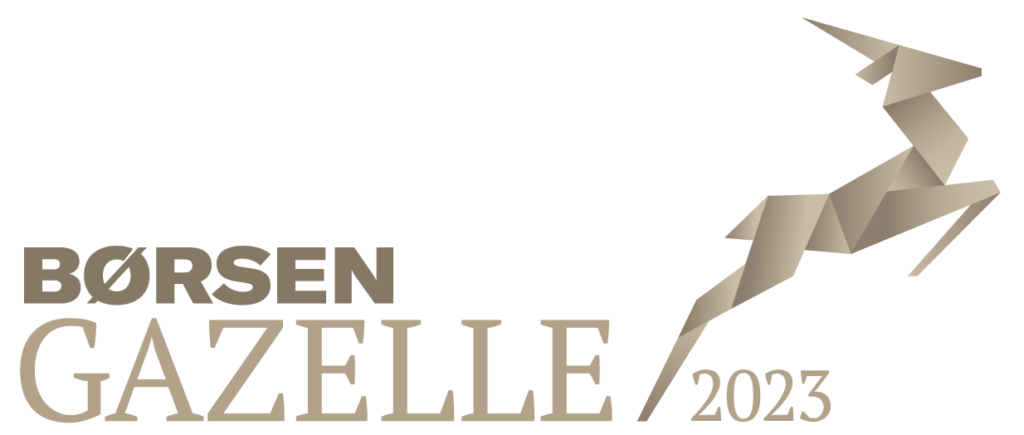Is it possible to be committed without being loyal? Or to be loyal without being committed? Or perhaps the question is: when talking about employee commitment – it is a commitment to who or what? Is it to the job? Is it to their profession? Is it to the supervisor or the organisation? And loyalty? Who is the employee meant to be loyal to – is it the organisation, the supervisor or their profession?
Employee loyalty and commitment co-exist, they don’t necessarily mean the same thing neither are they obtained by using the same tools and mechanisms. The challenge facing organisations is that of differentiating the two enough to be able to adopt practices that facilitate both.
Employee organisational commitment is the extent to which the employee: identifies with the organisation at an emotional level, wholeheartedly accepts its rules and regulations, and feels obligated not only to stay with the organisation but also to protect it from harm. An ideal position is for the employee to have organisational commitment which spills over to a commitment to the supervisor and their job role. Such commitment serves the interests of the organisation as opposed to being only committed to the supervisor and or the job role. Employees who are more committed to their supervisors than to the organisation have been known to quit their jobs when their supervisors join another organisation.
Employee organisational commitment is at four main levels, commitment to:
- Organisations’ Vision and Mission;
- Organisation’s core values
- Organisation’s objectives and goals.
- Job role.
An employee that is committed at all the four levels is in a better position to identify with the company enough to be also committed to their direct supervisor provided the supervisor behaves in a manner the employee perceives as consistent with the four levels above. Where a supervisor’s actions are contrary to organisational vision, mission, core value, objectives and goals a committed employee is likely to lose faith in the supervisor and do not have a sense of commitment towards them.
Factors that lead to employee disillusionment with an organisation leading to their losing their sense of commitment include:
- Failure by the organisation to keep promises it made during the recruitment stage;
- Failure to respect the psychological contract;
- An absence of organisational justice giving rise to feelings of unfairness and discrimination;
- Managers acting contrary to what is espoused as the organisation’s vision, mission and core values.
- When employees are committed to the organisation, they can be expected to exhibit loyalist behavior.
Loyalty refers to an employee’s willingness to act in the interest of the organisation and always talking positively about it. While it includes being committed, trustworthy, obedient and compliant, it goes beyond to include reporting any potential and real threats to the organisation, offering candid and constructive criticism, and being willing to stand by the organisation even during the worst of times. Loyalty is reflected in an employee’s willingness to support the organisation and disseminating positive information even during challenging times. This includes not being a mere observer when things are going wrong. It is employees whose organisational commitment is grounded in the vision, mission, core values and goals who are more likely to be loyal to the organisation. A commitment that is based on factors other than the ones highlighted usually results in employees who are both committed and loyal to their managers or supervisors to the exclusion of the organisation. Such employees find it difficult to raise a red flag when their managers or supervisor engage in activities that may be detrimental to the organisation. An organisation, therefore, needs employees to be first and foremost, committed to the organisation to ensure that their loyalties are in the right place.
Employees are a significant contributor to organisational performance, where employees have the same competencies and capabilities, what differentiates their OVERALL contribution to company performance is their commitment and loyalty. Overall contribution refers to both in-role and extra-role contribution because a difference in performance comes from going beyond the call of duty – the in-role contribution. A committed and loyal average performer is worth by far more than a disloyal and uncommitted star performer who may be with the organisation today but resigns when the organisation encounters the slightest challenge. The ideal position is for an organisation to have a critical mass of committed and loyal star performers, that becomes a definite source of competitive advantage.
However, how does one convert a star performer into committed loyalists? Lessons can be drawn from organisations that pay extra attention to building employee commitment which is then used towards developing employee loyalty. Practices that have been found to produce positive results include the company:
- articulating its commitment to its employees in a manner that makes them feel obliged to reciprocate;
- delivering on every promise made to employees whether written or verbal, whether explicit or implicit;
- Showing interest in and allocating resources to the continuous development of star performers;
- Enriching jobs so that an employee feels in control and responsible for the outcomes of their job to the extent that they work towards successfully completing their tasks as opposed to just putting in the required hours;
- Structuring jobs so that they address an employee’s need for meaning, fulfillment and beyond the job societal contribution;
- Providing necessary resources to get the job done;
- Involving employees in making decisions on matters specific to their job;
- Keeping employees aware of both negative and positive developments in the company so that there are no surprises.
- Promoting a sense of co-ownership through for example a remuneration system that goes beyond basic pay to include other none monetary rewards.
A final word on commitment and loyalty is that there is no one size fits all. Different things motivate people. It is therefore critical to adapt commitment and loyalty interventions to ensure that they address peculiarities found among employees both as a group and as individuals. While there are some who may become more committed and loyal because of having their material needs addressed by the organisation, some may be more interested in intrinsic needs such as opportunities for growth, sense of fulfillment and transcendence. The challenge for organisational leadership is to identify practices that work for their talent pool and for individuals within that pool.








